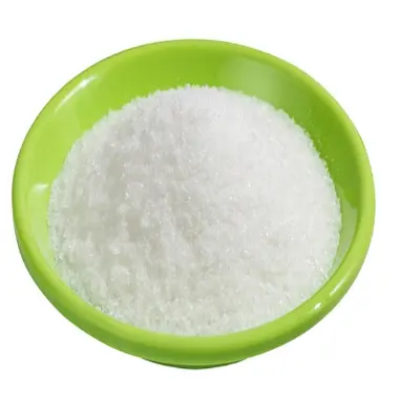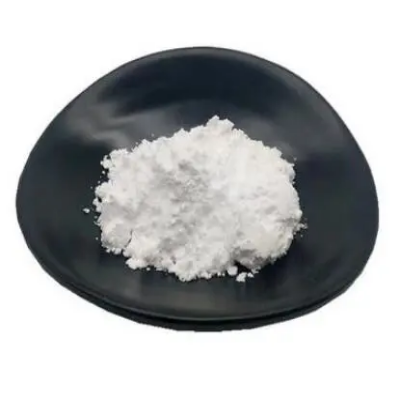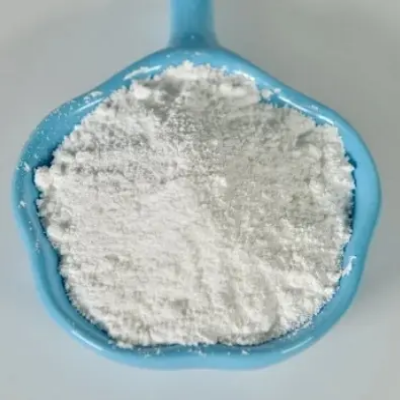phenyl bis(2,4,6-trimethylbenzoyl)-phosphine oxide CAS:162881-26-7
Phenyl bis(2,4,6-trimethylbenzoyl)-phosphine oxide is primarily utilized as a photoinitiator in radiation-curing processes such as UV curing of coatings, adhesives, and printing inks. When exposed to ultraviolet light, it undergoes photochemical reactions, leading to the generation of highly reactive species called free radicals. These free radicals initiate the crosslinking or polymerization of monomers, resulting in the formation of robust and durable polymeric materials. The compound's ability to efficiently absorb UV light and initiate polymerization reactions makes it an essential component in various industrial applications. Additionally, this compound finds use as a stabilizer in polymers and plastics. It acts as a hindered amine light stabilizer (HALS), which helps protect the polymer from degradation caused by exposure to UV radiation. The presence of the phosphine oxide moiety contributes to its excellent antioxidant properties, preventing unwanted chain scission or yellowing of polymers during their service life. Phenyl bis(2,4,6-trimethylbenzoyl)-phosphine oxide can significantly extend the durability and lifespan of plastic and polymer products used in outdoor applications, such as automotive coatings, construction materials, and electronic devices. Furthermore, this compound is employed in the field of dental materials as a photoinitiator for dental composites. Dental composites are tooth-colored restorative materials used in dental fillings, crowns, and veneers. The addition of phenyl bis(2,4,6-trimethylbenzoyl)-phosphine oxide enables the composite to cure rapidly when exposed to visible light, allowing for efficient and convenient dental procedures. Its low toxicity and biocompatibility make it suitable for use in oral healthcare applications. In conclusion, phenyl bis(2,4,6-trimethylbenzoyl)-phosphine oxide is a versatile compound with significant applications in photoinitiator technology, polymer chemistry, and material science. Its ability to initiate polymerization reactions under UV or visible light makes it an essential component in radiation-curing processes and dental materials. Additionally, its usage as a stabilizer contributes to the longevity and performance of polymers and plastics. With its wide range of applications, this compound plays a crucial role in various industries, contributing to the development of advanced materials and technologies.



| Composition | C26H27O3P |
| Assay | 99% |
| Appearance | white powder |
| CAS No. | 162881-26-7 |
| Packing | Small and bulk |
| Shelf Life | 2 years |
| Storage | Store in cool and dry area |
| Certification | ISO. |









